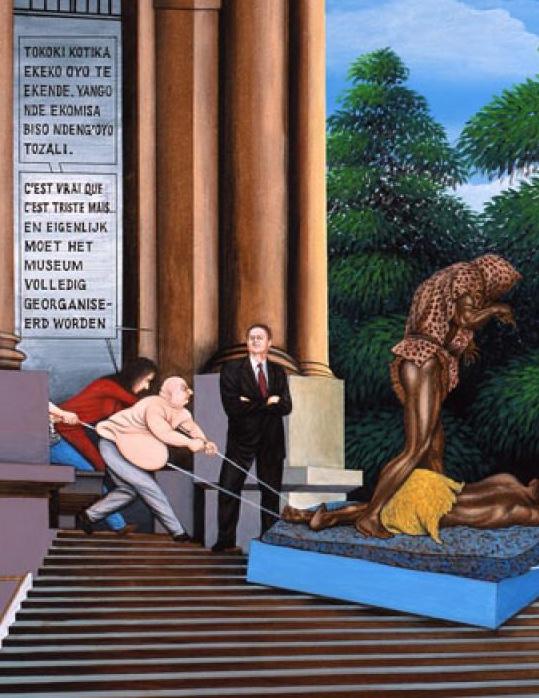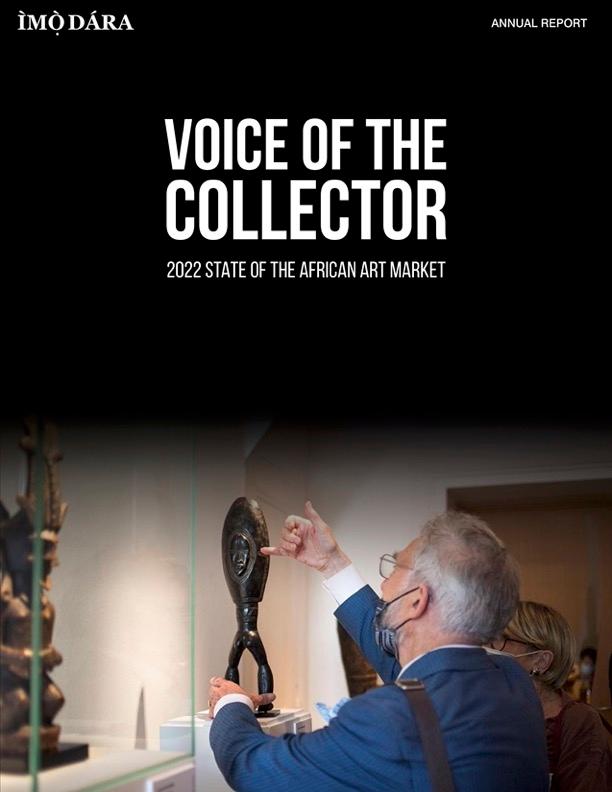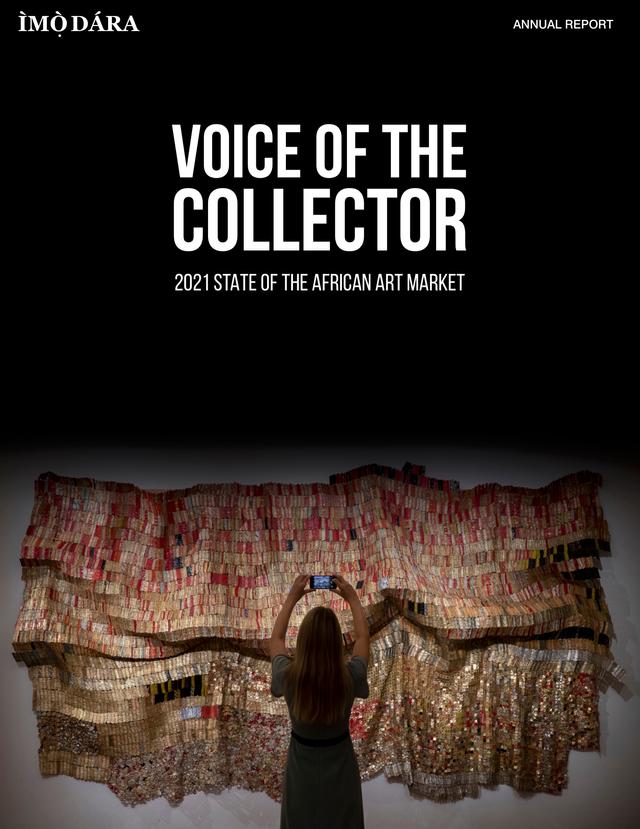
"ÌMỌ̀ DÁRA is your destination to build your knowledge about the origin, use and distinguishing features of African art pieces"
Yoruba Proverb: Ogbon dùn-ún gbon; ìmo dùn-ún mo | Wisdom and knowledge are good things to have ÌMỌ̀ DÁRA’s mission is to connect art collectors with the world’s leading dealers and scholars, based on a foundation of knowledge; knowledge about the origin, use and distinguishing features of listed pieces. We aim to give collectors unprecedented access to objects, research, cultures and people that matter in African art.


